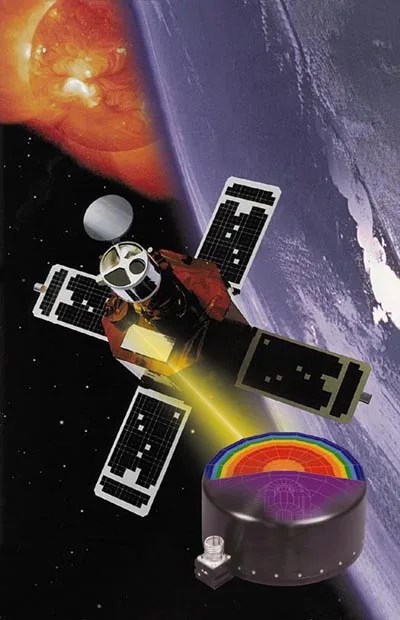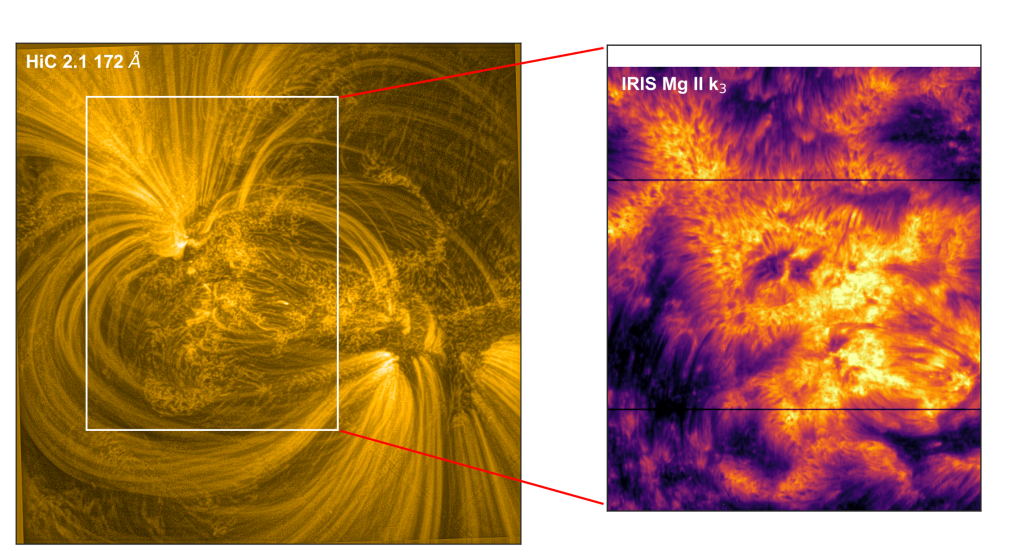TRACE
Transition Region And Coronal Explorer
Type
Launch
Target
Objective
TRACE was a satellite mission designed to deepen understanding of our dynamic sun’s activity, by exploring the connections between fine-scale magnetic fields and the associated grand-scale plasma structures on the sun. TRACE imaged the magnetic structures which emerge from the photosphere – the visible surface of the sun – and ultimately define the geometry and dynamics of the upper solar atmosphere, composed of the transition region and corona. Images of solar plasma taken in wavelengths emitted or absorbed by atoms and ions formed in different temperature ranges allowed observation of magnetic field geometry. By linking fine-scale and large-scale structures, TRACE highlighted the effects of the sun’s magnetic field on its own atmosphere, and how these changes might affect the heliosphere.
Another major objective of the TRACE investigation was to explore the relation between diffusion of magnetic fields on the solar surface, and the resulting changes in heating and structure throughout the upper solar atmosphere. TRACE data allowed us to determine the rate at which magnetic topology changes, as well as the nature of local magnetic restructuring and reconnection processes.
TRACE was the first mission to image an entire cycle of solar activity, studying the sun at both its turbulent maximum and demure minimum. The satellite observed some fine-scale structures for the first time as well, including coronal or solar moss, a sponge-like structure found at the base of some coronal loops. On June 21, 2010, TRACE took its last image, after millions of images before the last and 12 successful years in orbit.
Top of Page | Back to Missions
































